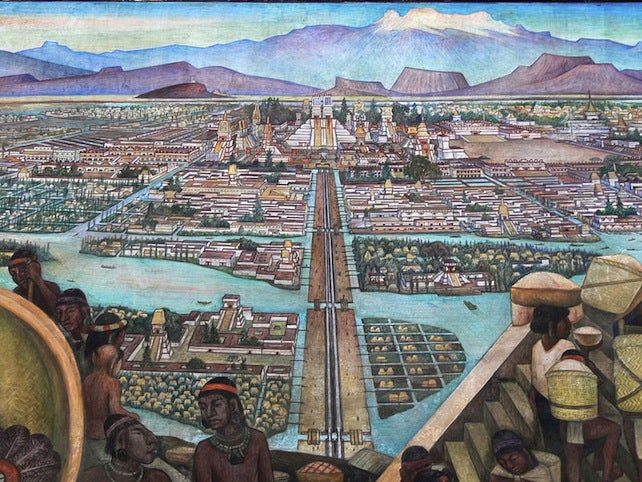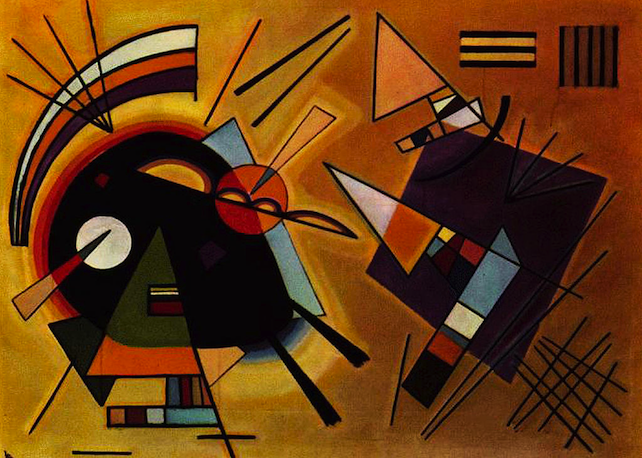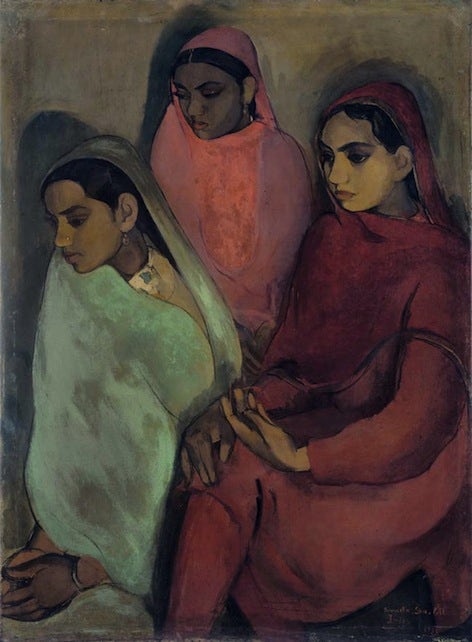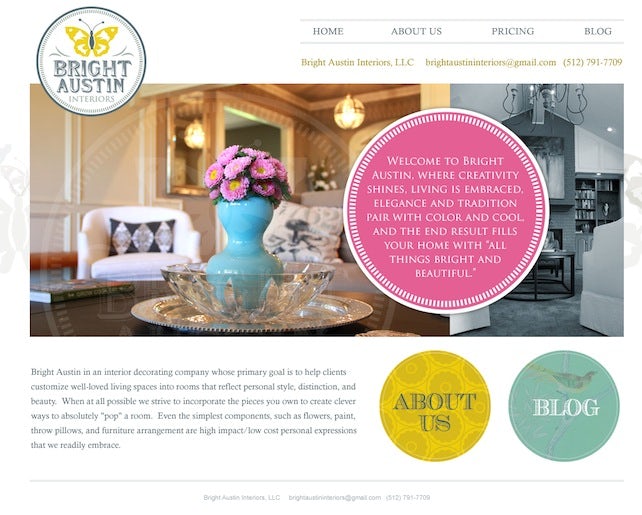Women Symmetrical Black and White Fashion Illustration
As a designer, you utilize artistic elements and principles to help create beautiful and effective designs. This series will make you more enlightened of what those design principles are and how yous can employ them to make your designs even improve!
This is part Two of a three-role series:
- Back to Nuts I: The elements of design with printmaking
- Back to Basics III: The composition of design with photography
Painting and the principles of design
Painting is one of the almost original forms of creative expression. Going way back to the prehistoric times with the Lascaux Caves (some of the offset recorded homo paintings), painting is practiced in all cultures all over the world and has been for hundreds of years. To go along it simple, we'll evidence off 19th and 20th century expressions to show how you can put the elements and principles of pattern to piece of work.
The principles of blueprint are:
- Residuum
- Proportion and scale
- Contrast
- Repetition and pattern
- Unity and harmony
Balance
Balance is 1 of the most intuative and complicated design principle. It'south the way the artist creates a sense of equilibrium in a design, past how the objects in the pattern are arranged. There are three major types of residuum:
- Symmetrical/Formal Balance is when elements are positioned in such a fashion that two halves of the blueprint (whether vertical or horizontal) are mirrors of each other – both sides have the same weight. Its created effectually a cardinal line that bisects the design into two different halves.
- Asymmetrical/Informal Residuum is when elements are positioned then that in that location is an uneven distribution of weight
- Radial Balance is when elements are positioned evenly around a cardinal betoken

- (Summit Left) Rousseau'south work demonstrates a symmetrical remainder. The tree splits the painting into two singled-out halves then utilizes the flags both in the air and in the hands of the dancers to create horizontal symmetry.
- (Bottom Left) Cézanne'due south yet life demonstrates asymmetrical residue. The use of a brilliant white towel in the bottom right corner completely dominates the work just is still counterbalanced out past the parallel emptiness of the deep black groundwork.
- (right) Radial symmetry, or symmetry radiating out from a specific betoken, takes course in the positioning of the street and streetcars in Kirchner's piece of work. Well-nigh all of the imagery seems drawn into ane cardinal focal point – the intersection of the street.
Proportion and Scale
The juxtaposition of elements of different sizes, or proportions, within a work of art helps create a sense of calibration. Scale tin can be used for multiple effects – whether to demonstrate a sense of space and depth or to help create a dominant focal signal.

"Mexico City – Palacio National" by Diego Rivera
This mural painted past Rivera clearly demonstrates a sense of space and depth by irresolute the scale of objects. The figures in the foreground are larger while the buildings and mountains in the background are smaller. This creates an illusion that the people are up high and close to the viewer, while the rest of the landscape is far off in the distance.
Dissimilarity
A huge office of creating depth in an image, and involvement in a piece, is by using multiple contrasting elements – or different elements fix next. This is often done with color, class, size or texture.

"Fruit Pickers Harvesting Under the Mango Tree," past Fernando Amorsolo in 1939
Color is the primary tool that Amorsolo uses to create dissimilarity and depth in his piece. He uses low-cal as a subject – the way the figures are all shaded in darker tones with the exception of a bright central pair and a young fruit picker, highlighted by lite tones.
Repetition and pattern
The utilize of the same or a like chemical element repeated again and once again can requite a work a sense of motility or structure. Where an chemical element is like enough and repeated often plenty, it can create a pattern.

"Black and Violet" by Vasily Kandisnky in 1923
Kandinsky makes use of both repetition and pattern. His utilize of repeated geometric shapes like triangles, circles, squares and even simple lines forces the user'southward eye to continuously motility around the painting. He too creates periodic examples of pattern such as the lined boxes in the upper right corner – this helps to add together depth to the painting.
Unity and harmony
The combination of like elements creates an aesthetically pleasing overall event. While lots of pattern elements are different, a dominant unity created by similarities in color, pattern, texture or other elements makes the painting or blueprint experience harmonious.

"Three Girls" by Amrita Sher-Gil in 1935
Sher-Gil creates harmony "3 Girls" by using tone and texture. The dark tone used to depict the three women, as well as the rough texture of their clothing, unifies them with each other and to the roughness of the wall behind them. The overall effect is subtle – enhancing the sombre feeling of the women with downcast optics.
Translating to graphic pattern
Designer Bearbrick implements all of these principles in his spider web design for Bright Austin Interiors.

Bearbrick uses proportion and scale to create asymmetrical balance. Elements of unlike size and shape are positioned on a page not to mirror each other but to rest ane another out. He creates contrast in the juxtaposition of brightly colored elements against a white background.
Repetition is used in the positioning of the circles. This forces the viewer's eye to movement between elements in order to impart the data the client wants the viewer to run into. At the aforementioned time, pattern is used as a subtle particular in this circle designs (in the flower blueprint of the "near united states" button as well as the repeated lines circling other round elements) in club to create involvement – so that the design can exist simple without existence slow.
And while the different elements of the page find the user'south heart at different times, the feminine way of the elements and the apply of color brand the site appear altogether harmonious. The design has move, depth, involvement and brings the user'due south eyes to the most important information on the page – it's a great example of a successful design.


0 Response to "Women Symmetrical Black and White Fashion Illustration"
Post a Comment